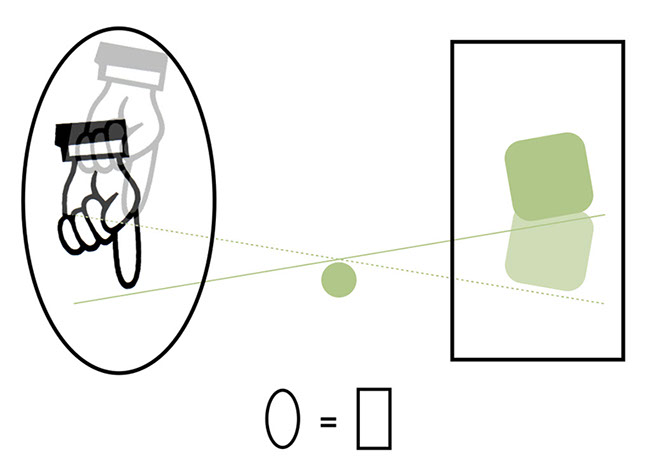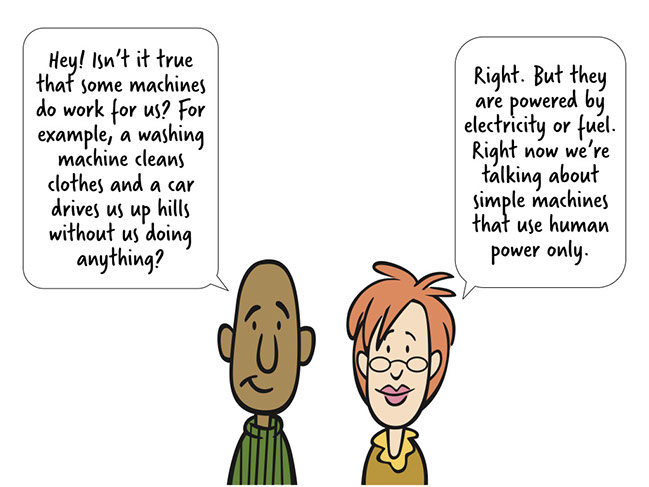SciGen Teacher Dashboard
Unit E2
Work and Machines
 Lesson: Work In and Work Out
Lesson: Work In and Work Out
Duration: Approximately 25 minutes
A closer look at how work, force, and distance relate. Students learn that the work put into a machine is equal to the amount of work that is produced by the machine. They explore the advantage of the inclined plane (one of the six simple machines defined by Archimedes).
LEARNING OBJECTIVE
Students plan an investigation individually and collaboratively, and in the design: identify independent and dependent variables and controls, determine what tools are needed to do the gathering, decide how measurements will be recorded, and determine how many data are needed to support a claim.
Teacher Tip
- If you haven't done the lab activity The Clever Lever before doing this one, you can do a desktop demonstration of a similar, simple lever at the front of the classroom using a marker, a ruler (or other thin, flat stick), and some kind of weight (assuming you are in control of the demonstration, a cell phone works well, as kids won't be catapulting the phone across the room).
Teacher Tune-ups
Teaching Notes
ACTIVITY OVERVIEW
- Work in = work out (5 minutes)
- Turn and Talk: Pedaling up hills (10 minutes)
- What kind of machines are we talking about? (10 minutes)
Work in = work out (5 minutes)
This section introduces an important concept that the work put into a machine is equal to the amount of work that is produced by the machine. After reading this statement, discuss briefly the image of the lever. The finger is pushing down. This "effort" is a certain amount of work. As a result of this work, the lever (the machine) is doing the work by lifting the load. These two amounts of work are equal – at least in theory. Of course, some energy is lost in the system, mostly by friction.

Turn and Talk: Pedaling up hills (10 minutes)
This section discusses that although work may be equal in two systems, some tasks require more force. The Turn and Talk requires a quick discussion. Most students will realize that the steepest slope has a shorter distance for the bike to travel, but requires much greater force. (Just for fun, you may want to ask students if they could bike up either slope. Perhaps the work required for the steeper slope isn’t possible!)
The slide refers to lever systems. This lab activity is in The Clever Lever.

What kind of machines are we talking about? (10 minutes)
:
So, you might think, why do we care about machines if they don’t do work for us? Well, here’s the thing: machines can take work that’s hard for us to do and make it easier by shifting it around.
Read together the thought bubbles and emphasize that many complicated machines use electrical or gas power. You may wish to challenge students to list human-powered tools such as skateboards, ice skates, pole vaulting, a swing, a child’s pedal car, a scooter, a pencil, a screwdriver, a hammer, etc.
To elicit more responses, you could take time to list them by categories such as writing tools, construction tools, transportation, and toys.
Some of the tools you list are, combine, or include examples of the six simple machines defined by Archimedes.

BETA Version - Please send comments and corrections to info@serpinstitute.org